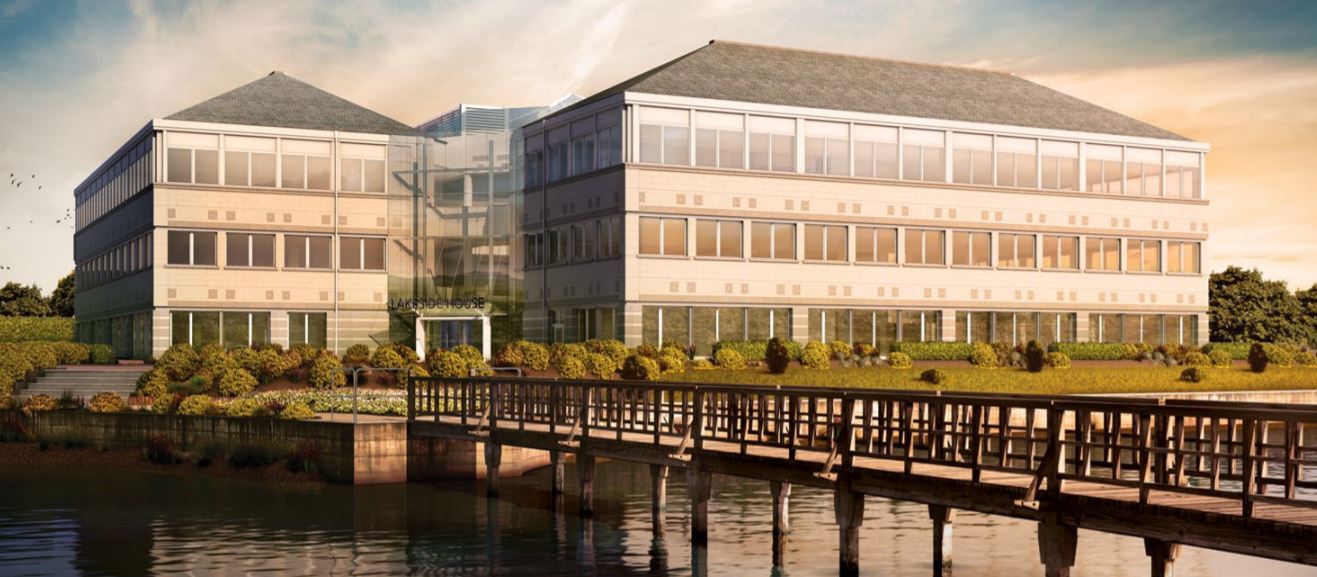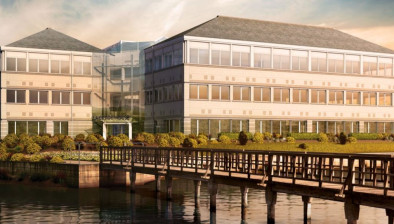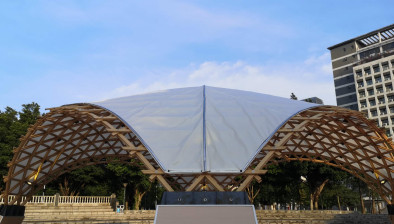Aynam Energy hails A19 EPC rating for large refurbishment project
A growing Scottish company providing net zero carbon solutions to large projects all over the UK has achieved a draft EPC rating of A19 for a building undergoing refurbishment in London.

The team at Aynam Energy Ltd was commissioned by Sapphire Mechanical UK Limited to perform an energy assessment of the new design for Lakeside House in Stockley Park.
The project involved the internal strip back to frame of a 72,000 ft² commercial office building, encompassing the demolition of an existing service tower, removal of roof plant, and the removal and reconfiguration of the atrium roof glazing, incorporating structural alterations and a new feature stairs and wall.
Internal fit out comprises of new glazed partitions, suspended ceilings, raised floors and all MEP services, whilst works to enhance the external façade include new glazing, a feature entrance and curtain walling and landscaping surrounding the building.
Affan Waseem, director at Aynam Energy, told Scottish Construction Now: “Our remit was to perform a draft energy assessment (EPC) for the new building design and advise the rating achievable. Our Ayrshire-based team are highly skilled in using state of the art building physics tools to dynamically simulate the predicted energy performance of the proposed building design.

“On initial assessment our engineers were able to provide a draft EPC rating of A19. We were able to do this by ensuring complete accuracy of all design information input in the energy model, which reduced unnecessary conservatism in the modelling process and can support in achieving the best result for the design possible. This rating was not expected by the client (they were expecting a D rating), who were so impressed with the result, they then instructed us to perform a net zero carbon feasibility study for the project.
“Our team has significant experience of net zero carbon projects (most notably, the new NMIS building project for the University of Strathclyde), and therefore we were able to present a feasible solution for the refurbished building to be net zero carbon for the regulated energy use by the introduction of further low or zero carbon technologies.”
Mr Waseem believes the project justifies the argument for large refurbishment projects to strive further to achieve ambitious carbon reduction and sustainability targets.
He added: “The importance should be placed on highly accurate building energy modelling as a key starting point to allow every chance of meeting the ambitious targets such as net zero carbon.”






















